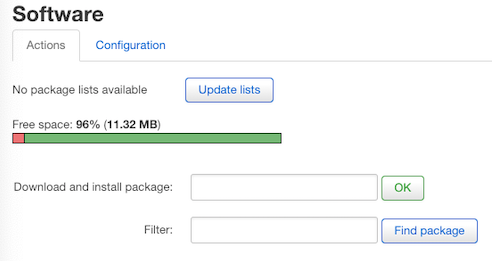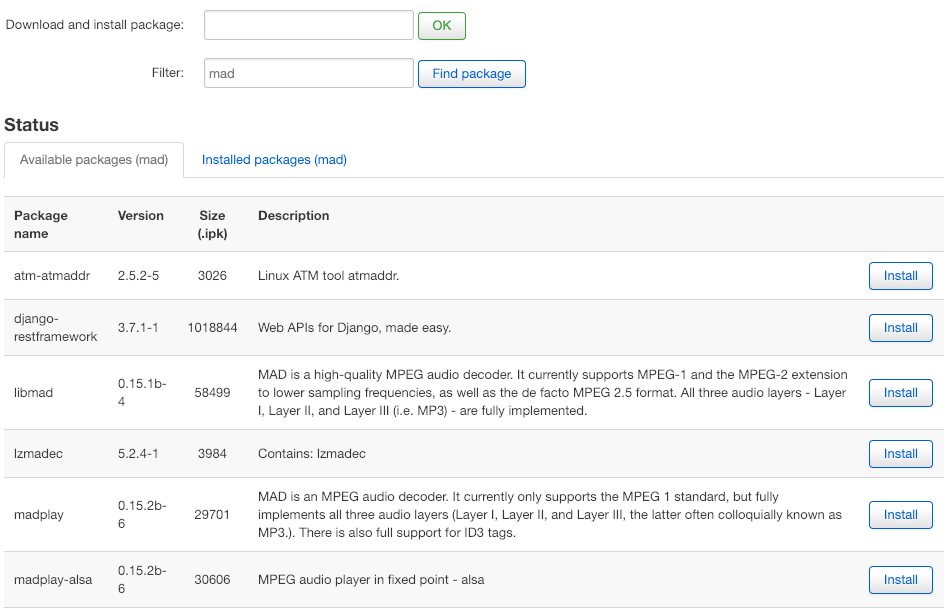This tutorial need preinstall kmod-fs-ext4.
Extend Storage
Openwrt is using overlay file system, so we can directly attach sd disk or usb disk to overlay use it as extend storage to store more applications.
Default /etc/config/fstab
config 'global'
option anon_swap '0'
option anon_mount '0'
option auto_swap '1'
option auto_mount '1'
option delay_root '5'
option check_fs '0'
config 'mount'
option device '/dev/sda1'
option enabled '1'
config 'mount'
option device '/dev/mmcblk0p1'
option enabled '1'
This defined VoCore will mount sd disk or usb disk automatically.
If we want to attach SD disk as /overlay to enhance the application storage, we need add one line.
...
config 'mount'
option device '/dev/mmcblk0p1'
+option target '/overlay'
option enabled '1'
Then we will have a much bigger system disk.(call df show list)
Filesystem 1K-blocks Used Available Use% Mounted on
/dev/root 2816 2816 0 100% /rom
tmpfs 62616 508 62108 1% /tmp
/dev/mmcblk0p1 29963132 45164 28372856 0% /overlay
overlayfs:/overlay 29963132 45164 28372856 0% /
tmpfs 512 0 512 0% /dev
/dev/mmcblk0p1 29963132 45164 28372856 0% /mnt/mmcblk0p1
In LuCI it is looks like this:

Note: SD/USB storage file system better to be ext4. Other system should work too but might have some issues.
Extend Memory
This “extend memory” is not real memory, it is a swap buffer in SD disk or USB disk. To use it is very simple, just like we use swap in Linux.
Default firmware we already have necessary tools for swap.
- make an empty file(for example 128MB) as swap: dd if=/dev/zero of=/mnt/mmcblk0p1/swap bs=1M count=128
- setup it as swap file: mkswap /mnt/mmcblk0p1/swap
- add this swap to system: swapon /mnt/mmcblk0p1/swap
- check the swap: free
total used free shared buffers cached
Mem: 125232 98940 26292 888 3836 76424
-/+ buffers/cache: 18680 106552
Swap: 131068 0 131068

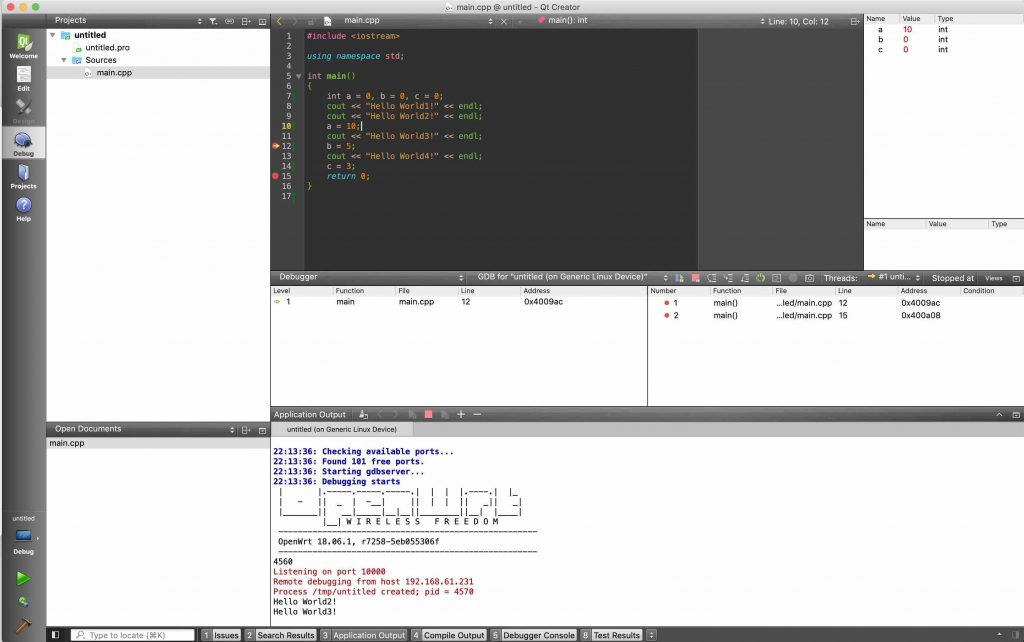
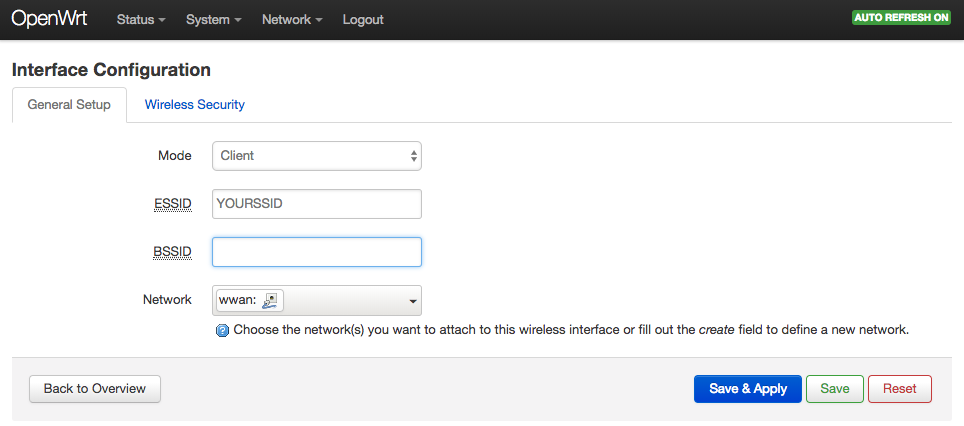 then select submenu ‘Wireless Security’, select correct encryption and key for your router.
then select submenu ‘Wireless Security’, select correct encryption and key for your router.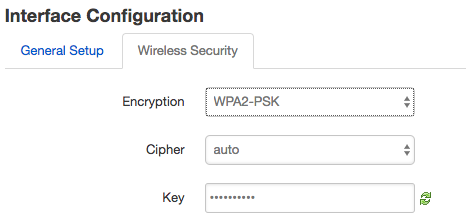 Now, setting is ready, do not click on the ‘Save & Apple’ or ‘Save’ or ‘Reset’ at bottom, click on the ‘Enable’ button after ‘Wireless network is disabled’, once click it will have a thirty seconds count down.
Now, setting is ready, do not click on the ‘Save & Apple’ or ‘Save’ or ‘Reset’ at bottom, click on the ‘Enable’ button after ‘Wireless network is disabled’, once click it will have a thirty seconds count down.
